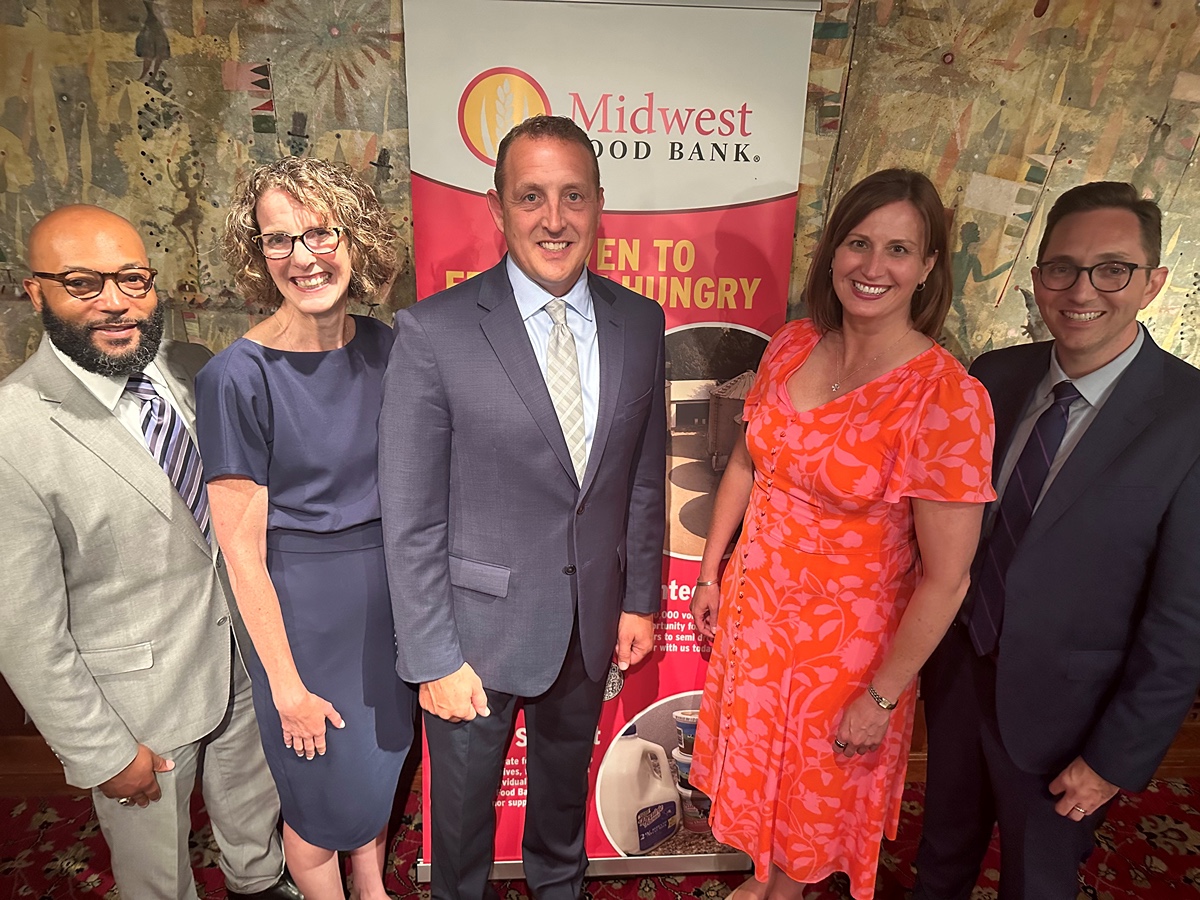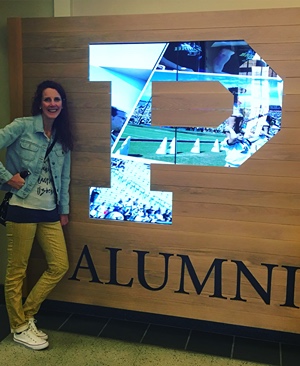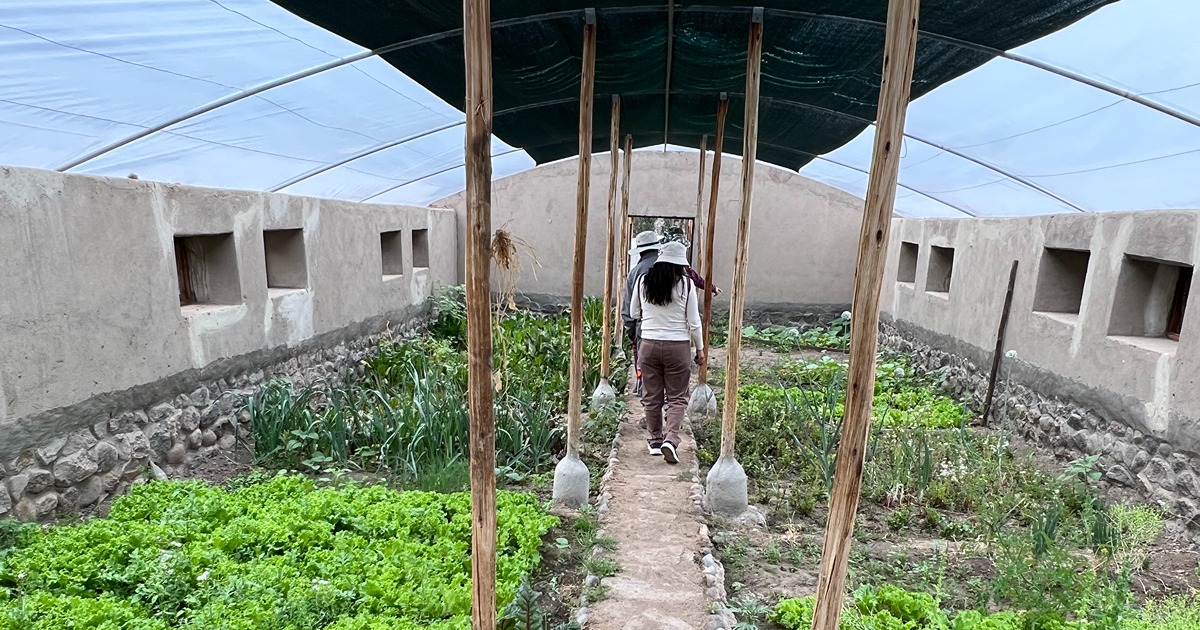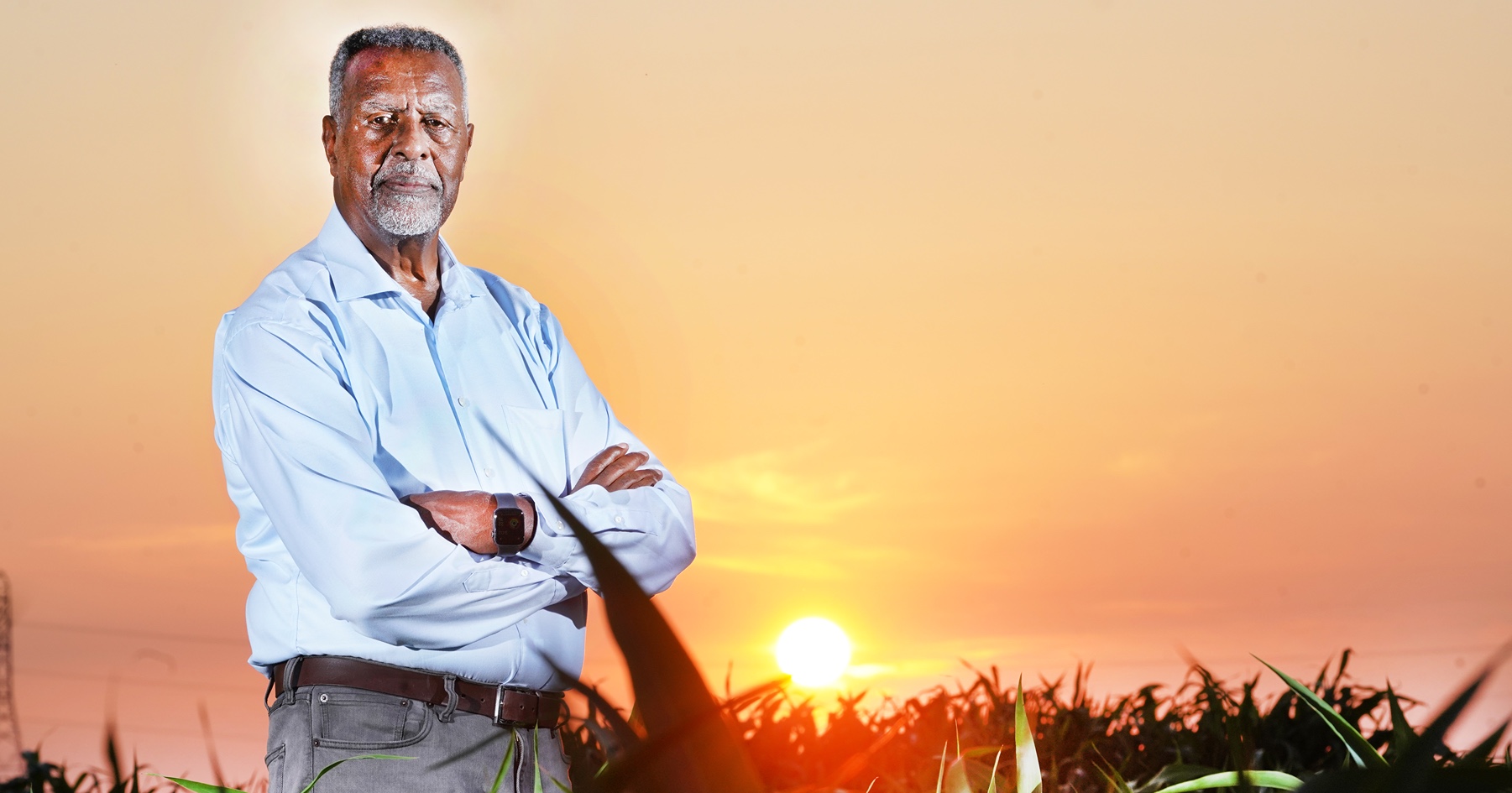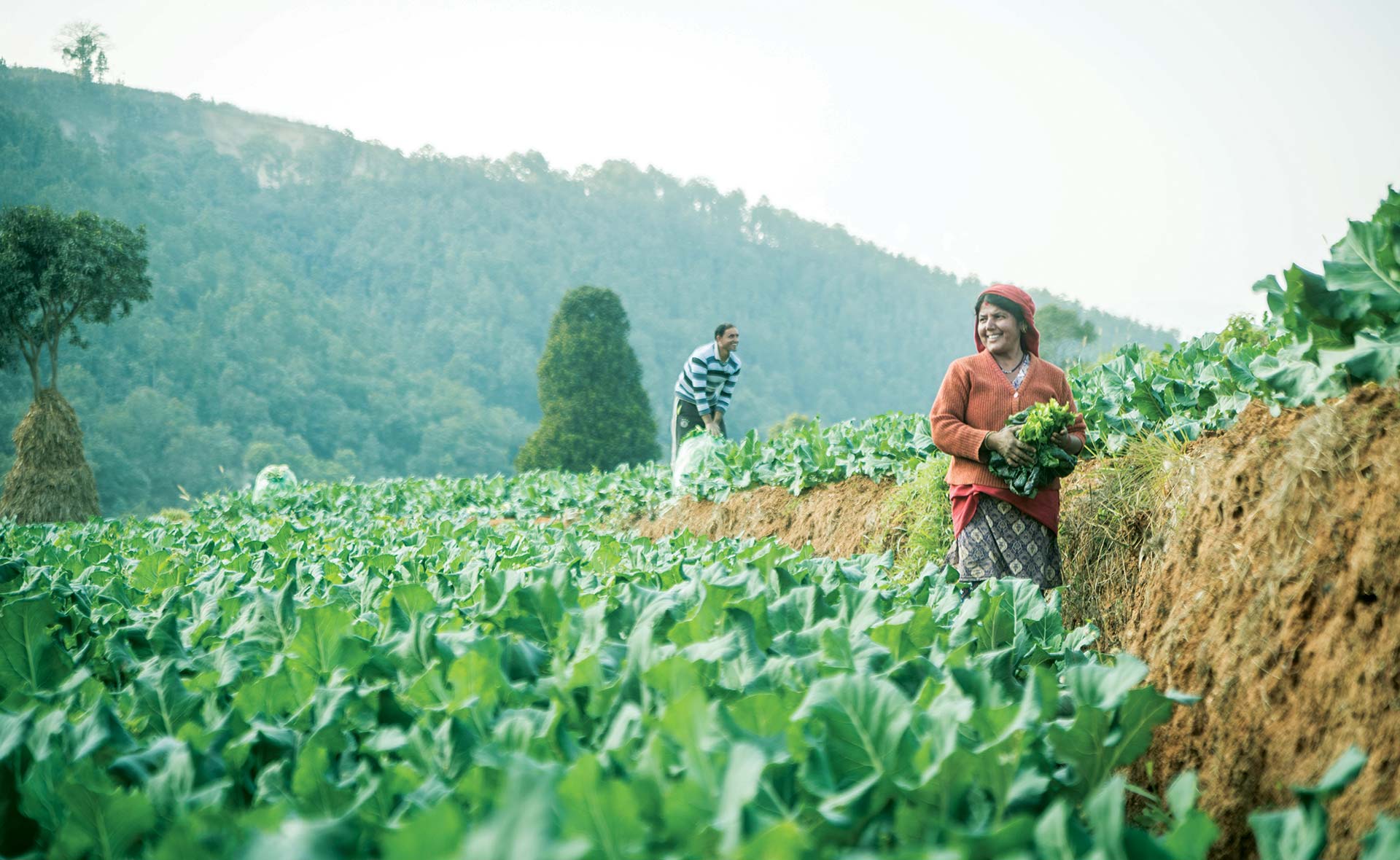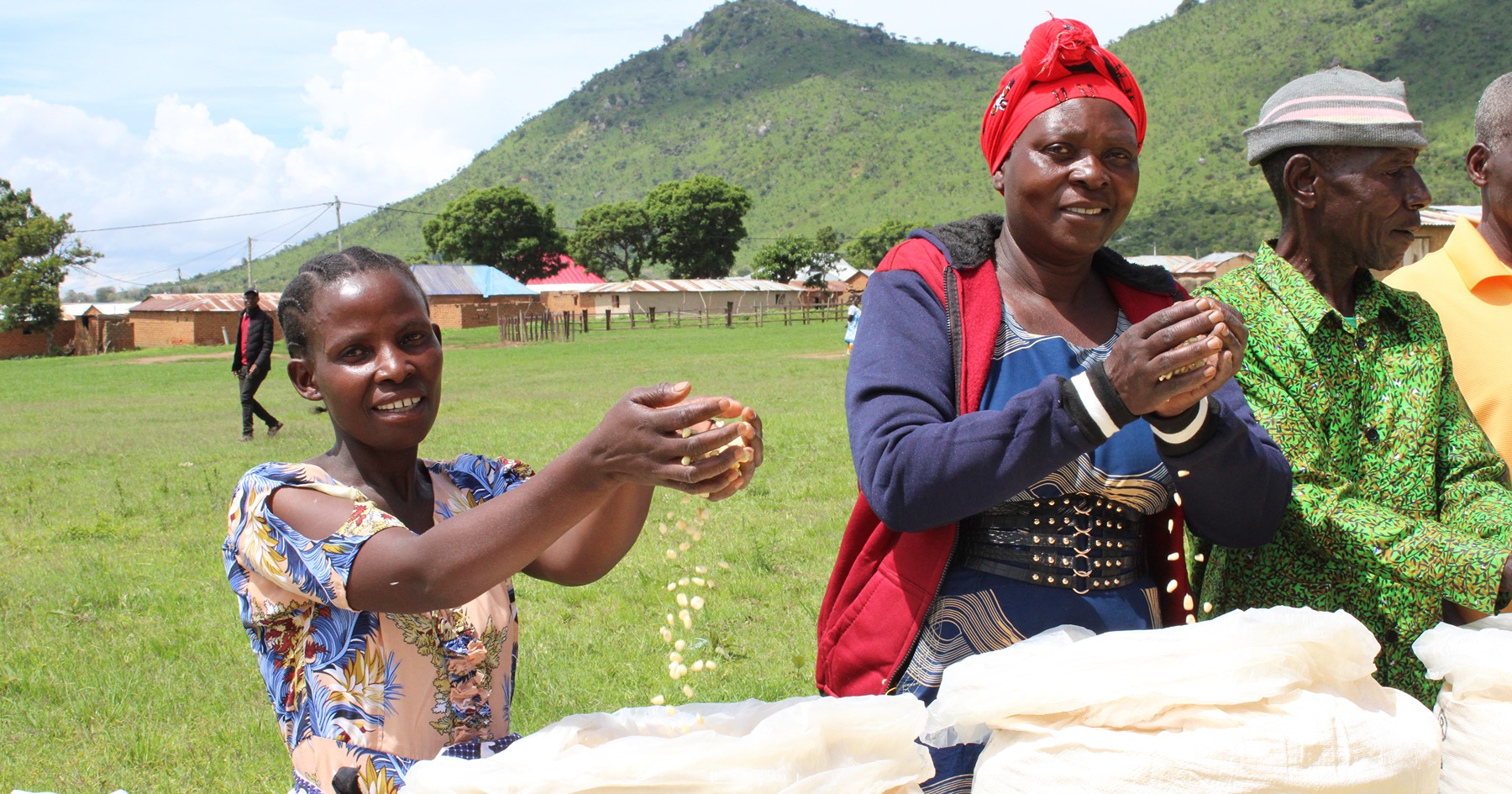Engineering a solution to hunger: Purdue ABE alumna fighting food insecurity with innovative solutions at country’s largest food bank
Today, one in eight Americans is food insecure. This statistic is what drives Jada Hoerr, chief resource officer at the Midwest Food Bank and 1997 agricultural and biological engineering (ABE) alumna, in her daily work.
Midwest Food Bank is the largest food bank in the country. With operations across the US, Kenya and Haiti, it will distribute over $500 million of food to those in need this year. Like Hoerr, Midwest Food Bank has its roots in agriculture. It started in a simple shed on a farm to help feed the local community. Now in its 21st year, as food insecurity needs have grown, so has this food bank.
As a trained agricultural engineer, Hoerr says her creative problem solving was cultivated at Purdue and has served her well in her quest to be a part of the solution. "I'm a woman of many passions, but the linkage to food and hunger goes back to my idealistic views of the world from when I was a freshman at Purdue,” Hoerr said. “One of the main reasons I chose agricultural engineering is because I wanted to feed the world.”
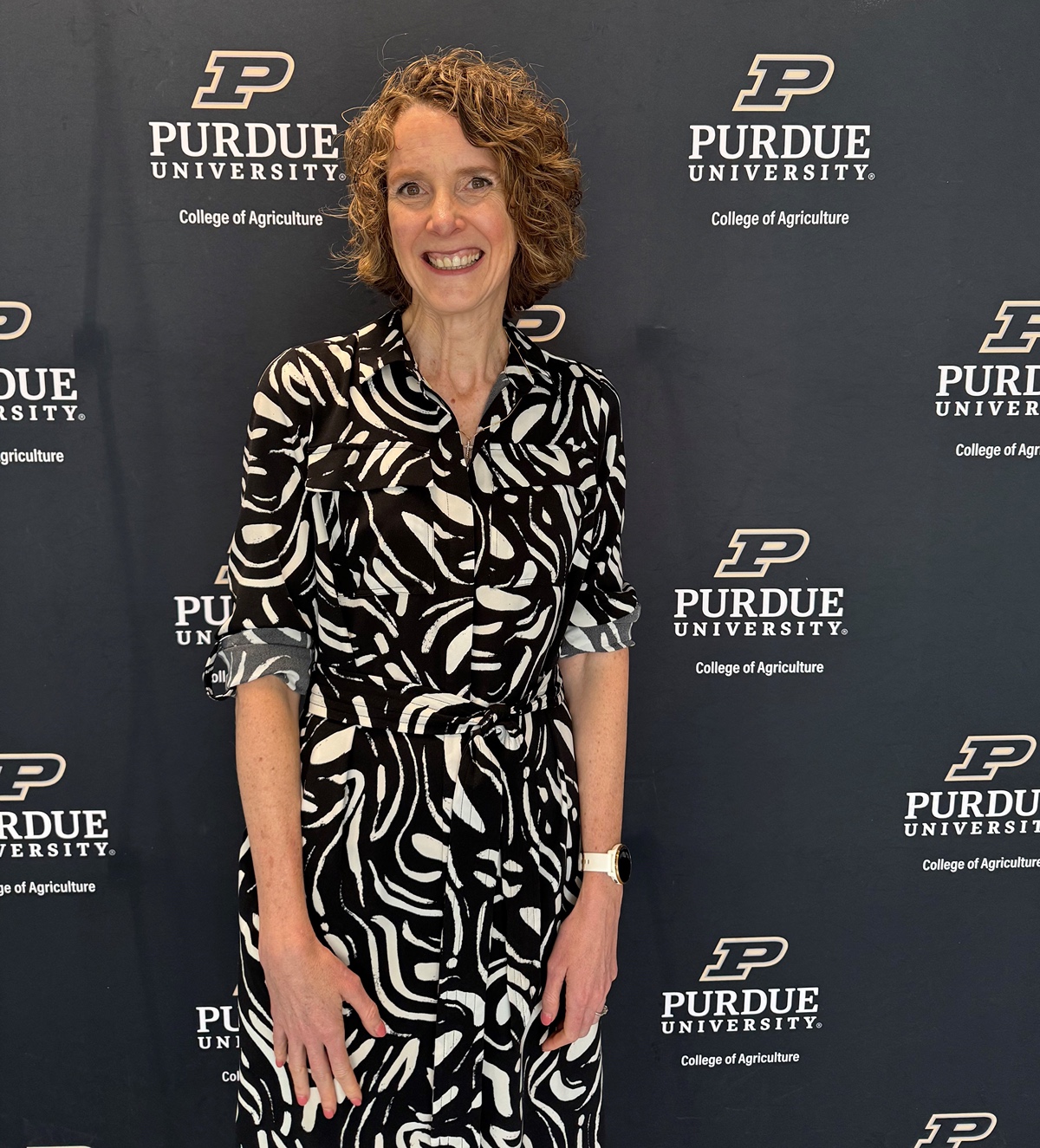 Early in her first year at Purdue, Hoerr found a home in ABE. “I was from a rural community, and my mom’s extended family are farmers. So, ABE was a comfortable place for me,” Hoerr explained. “I have always been interested in the environment, so the soil and water components were also important to me.” She says her ABE education opened her eyes to the full breadth of what's possible with engineering.
Early in her first year at Purdue, Hoerr found a home in ABE. “I was from a rural community, and my mom’s extended family are farmers. So, ABE was a comfortable place for me,” Hoerr explained. “I have always been interested in the environment, so the soil and water components were also important to me.” She says her ABE education opened her eyes to the full breadth of what's possible with engineering.
A couple years later, she pulled a tab off a paper flyer advertising undergraduate research opportunities. "I wasn't sure what it was about, but I pulled it off and had the opportunity to work with Gebisa Ejeta on his sorghum research," Hoerr said. Her time working for Ejeta was spent in the field doing data measurements.
"I had no idea at the time that I was sitting at the feet of someone whose work was significantly influencing the food supply chain," said Hoerr. This work and Hoerr's study abroad experience to Hungary helped her better understand the challenges and needs around global hunger and food supply issues.
After graduation, Hoerr headed to work for Caterpillar Inc. in technical sales. During her tenure, Hoerr was given numerous opportunities to live and work internationally.
"I woke up one day and realized that I had all the opportunities that I had asked for at Caterpillar, as far as career progression and the international roles I had sought, and that is was now time to use those and to give back," Hoerr said.
Taking a leadership position at Midwest Food Bank gave her that chance to impact hunger at a local and national level. She oversees the organization’s finances, development, marketing, and human resources.
With 62 employees and 36,000 volunteers, Hoerr is inspired by those from diverse professions who have joined the cause to feed the hungry. She believes the answer to this problem will take people from all areas of expertise and those with, “not only a good heart but a good mind.”
The Midwest Food Bank supports 2,400 nonprofits by providing food at no cost that they distribute in their local communities. This food is donated by food manufacturers, food distributors and grocery stores. “I believe strongly in Midwest Food Bank’s model of giving food to nonprofits at no cost because it supports the organizations on the front line, equipping communities in need with food and other resources,” she said.
Hoerr’s journey to help find the solution to those experiencing hunger is just getting started. She has moved into a food desert herself, where many lack access to perishable foods and only have access to products from corner convenience stores.
"The demand is growing, and that just requires us to be willing to work collaboratively to turn over every rock to find food and to find solutions,” she said. She is humbled to learn more about the challenges her new community faces to feed their families and remains relentless in her pursuit to find solutions to this problem. As she looks ahead to the work yet to do, she reflects back on her journey and is grateful for what she has learned along the way.
“I recently heard someone ask, ‘If you think back to your younger self, are you living a life that would make them proud?" she said.
If I go back to my 19-year-old self just starting in ABE, I would be thankful to know I was living and serving a cause as noble as alleviating hunger and malnutrition. I learned early on that the heart of agriculture is to feed the world, and it's an honor to be a part of that.
- Jada Hoerr, chief resource officer at the Midwest Food Bank and 1997 agricultural and biological engineering (ABE) alumna



